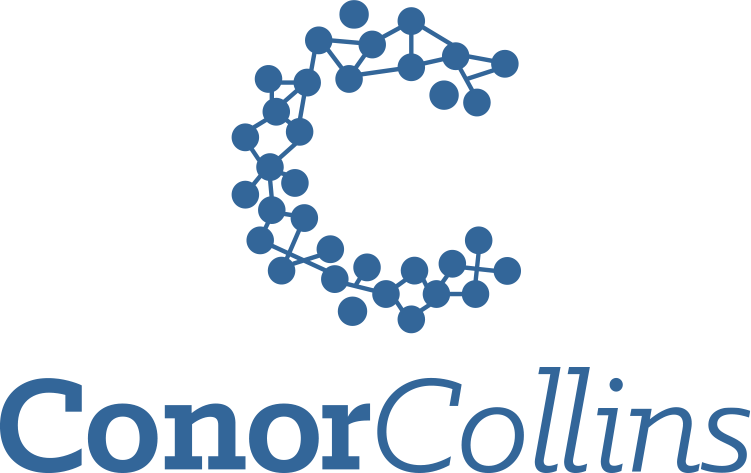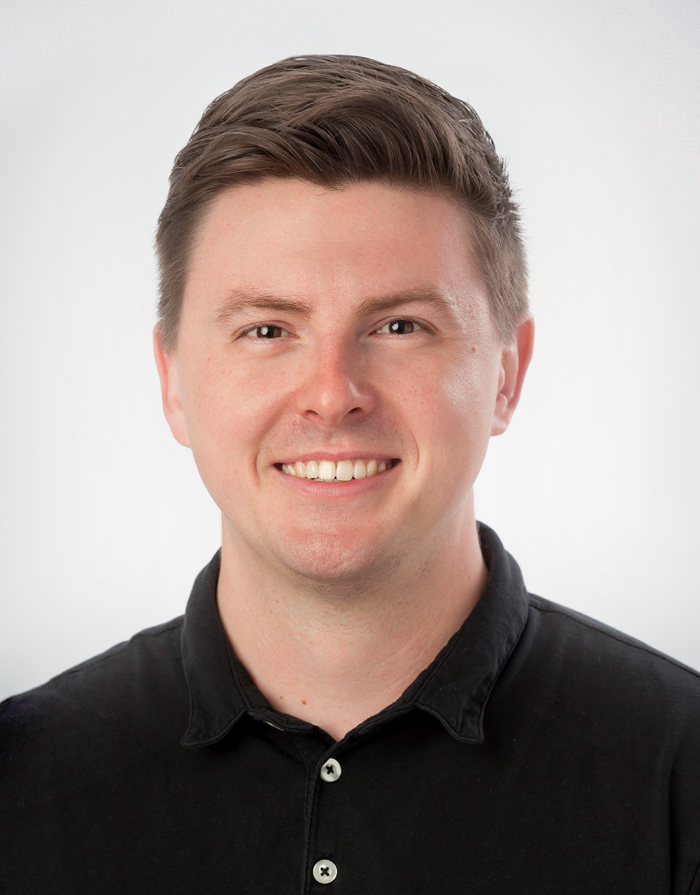Five OSCE Prep Recommendations
The Objectively-Structured Clinical Exam (OSCE) is an overwhelming experience for many up-and-coming massage therapists. The recommendations here are meant to help candidates adequately prepare and study for the often-daunting board exam. As long as the strategies outlined here are practiced consistently, you should enter your exams feeling prepared and confident.
In advance, I am not affiliated with any College or regulatory body of any kind. I am a former instructor who has evaluated OSCE-style oral practical exams, and there are several key competencies that are often demonstrated by successful candidates. Here are 5 OSCE prep recommendations; if you’re looking for more, you can listen to Episode #87 of The Concast. In addition to the knowledge and skills that you have already acquired from your massage therapy program, applying some of these suggestions can hopefully strengthen one’s OSCE performance.
Suggestion #1: Develop a ‘Shell” for each station.
When preparing for the OSCE, one of the most important starting points is to create a “shell” or framework for each station. This is similar to a script, however is adaptable according to the stem and to the requirements of the station. With a framework in place, the candidate is more likely to demonstrate a poised and confident demeanor under the pressures that present themselves during the exam. Below are several additional benefits having a “shell” for each station:
- The candidate may feel confident and demonstrate confidence and is well prepared.
- The candidate has a plan to fall back on in the event that they “draw a blank” in a station, or end up losing train of thought.
- A “shell” approach can help attain the most consistent performance across all stations. The requirements of the stem are applied to the shell. This can help candidates maintain a sense of control under stressful testing environments.
- Familiarizing yourself with this approach can also help with time management within each station.
Your “shells/scripts” should take into account the following:
- Using the Standards of Practice to guide your professional judgment and client interaction.
- Demonstrate knowledge and application of the Principles of Massage.
- Familiarize yourself with common red flags and conditions that require treatment modifications, prioritizing client safety and comfort.
- Prioritize client safety at all times.
Once you are familiar with the frameworks for each station, then you can start applying stems and practice within time limits to develop a sense of time management.
Suggestion #2: Talk as much as possible throughout the OSCE.
Mastering the art of communication within an OSCE setting is the next suggestion. This is a skill that should be purposefully practiced and developed; it will ensure that the station is performed cleanly and confidently, and will likely prove to the examiner(s) that the individual is knowledgeable in the standards and that they prioritize client safety.
Providing clear and concise descriptions of what you are doing can also aid in eliminating missed marks that may not be observed otherwise. As a former college instructor who has marked OSCE-style exams, students who were the most effective in providing verbal clarity during an oral practical (OP) exam generally performed very well.
Exam participant verbal communication can be considered a type of “indirect communication for the examiner(s), via direct client communication”. A candidate participating in the OSCE should only address the client and never the examiners, however the communication towards the client can be used to indirectly communicate to the examiners to ensure marks are awarded. With this approach it may be a good idea to frame communication around client care as often as possible.
Lastly, mastering the art of OSCE communication can also involve an element of multitasking. It may be advantageous to develop a sense of comfort with verbal communication while performing station tasks (multitasking). For example, a candidate may demonstrate a variety of techniques following the principles of massage before performing an advanced technique; can the candidate provide an accurate verbal description of each technique, follow-up with client care for each technique, and demonstrate a seamless progression into the advanced technique without having to “break” treatment? This may sound straight-forward, however it can be difficult to perform a massage while speaking fluidly. Mastering these transitions can save time and again demonstrate that the candidate is confident and well-prepared. The above may be one example of a “break” in the station; as you practice and notice yourself “breaking”, make note and try to optimize time management for a seamless progression. Again practice and repetition is going to be one of the best ways to combine motor tasks (massaging and demonstrating techniques) with mastering the skill of communication in each station.
Suggestion #3: Create an OSCE quick reference binder.
It may be beneficial to make a “quick reference” binder. As a suggestion, the binder could be divided into the OSCE stations. Furthermore, one may consider creating charts and diagrams specific to each station that are easy to reference. For example organize all special tests into a chart and be used to reference to when practicing the assessments station.
This will hopefully make studying more time and energy efficient since the candidate has a quick reference. The process of building your “quick reference OSCE binder” can serve as dual purpose; compiling and organizing information/concepts into charts, diagrams, and serving as a meaningful study tool.
Suggestion #4: Create a consistent study schedule.
This recommendation isn’t a novel suggestion by any means, however developing a consistent study schedule can be an important component when preparing for the OSCE. For some individuals, this could be studying for two hours in the morning and two hours in the evening. Taking breaks when needed is important, and staying engaged while studying is an important aspect to optimizing study sessions. Due to the amount of material reviewed, one may consider preparing short term and long term study goals. For example, a short term goal could be to practice the shell/script for the Patient Intake and Health History Station over the next few days. A longer range term goal could be to have all station shells practiced by the end of 3 weeks. Studying can require much planning and organization, even using a calendar can help with developing a study plan and staying on track.
Suggestion #5: Identify learning styles and strategies that will aid in meaningful retention and recall of material.
How does one stay engaged while studying concepts/material? This is an important question and it may be beneficial to identify which learning style(s) tend to produce meaningful retention and recall of information. For example, one may be a visual learner, auditory learner, tactical learner, etc. Finding resources that fit your learning style(s) can be one way to answer the above question.
Utilizing a variety of learning strategies can also be helpful; in this case organizing concepts using charts, diagrams (etc.) in a meaningful manner can be used. If possible, being creative in how you organize content can potentially make studying and retention more meaningful. For example, if charts seem to be a beneficial strategy, one could use: flowcharts, similarities vs differences charts, venn diagrams, among many more. Organizing information in the way that creates retention is the goal.
A Final Note
I have no affiliation with the OSCE testing process; please use these recommendations as they apply to you. Lastly, these recommendations are meant to compliment the skills and knowledge that you have already developed since completing your massage therapy program. As mentioned, this process can be overwhelming, and having a plan in place, utilizing the necessary study tools, and practicing can help lead to favourable outcomes.
Additional Resources
Check out Episode #87 of The Concast called “How to pass your massage licensing exam”, and consider finding a mentor if you’d like additional help: https://conorpcollins.com/mentorship/
References
About the Author
Chris is a Massage Therapist and acupuncture practitioner from Ingersoll, Ontario with a special interest in managing concussion and sports injuries. While not in clinical practice Chris has served as an Instructor in Massage Therapy at the Canadian College of Massage and Hydrotherapy.
With prior education and experience as a Kinesiologist, Chris has a passion for movement and how it translates to improved patient outcomes. Whether it’s managing your symptoms virtually, or assisting students in preparing for an exam, Chris is excited to help you on your journey.



Recent Comments